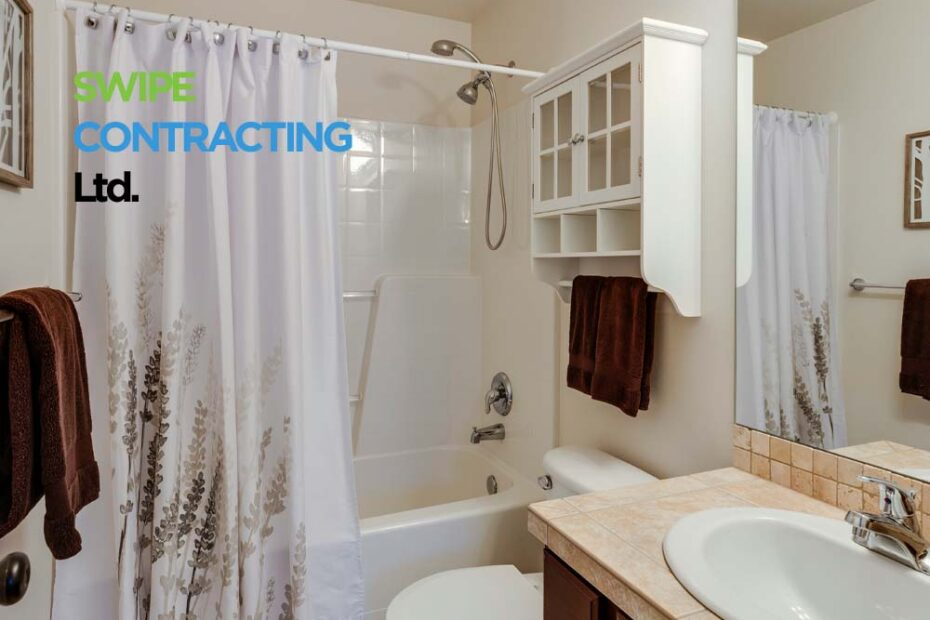Keeping your home in good condition is essential for preserving its value and ensuring a safe living environment. As a homeowner, it’s your responsibility to regularly inspect your home for damages or potential risks. A common culprit of home damage is mould. Mould in your house can cause numerous negative effects, such as health problems for the home’s residents, structural damage, and unpleasant odours. If you want to protect your home from mould, the first step is understanding where mould is most likely to grow. In this article, we will cover the most common mould-prone areas in a household and why this might occur. Follow along below to learn more about mould remediation near me.
Experts of Mould Remediation Near Me List Common Mould Growth Areas in Homes

As you might expect, bathrooms are the most common places to find mould. This is because of the various water-centric appliances found there. From the toilet to the shower, each provides the perfect breeding ground for mould growth. This is especially true for small bathrooms that lack fans or windows for ventilation. When water spills from the shower or sink, it creates moisture in other parts of the room. Coupled with the steaminess of a shower, you have the perfect climate for mould growth. In bathrooms, mould is usually found behind sinks and toilets. However, it can also grow on the surface of shower tiles or the body of a tub.
Up next on our list are basements. Since most basements are located below or at ground level, it is much easier for moisture to seep in from the outdoors. Moreover, basements generally house major pipes for plumbing and suffer from poor ventilation. All of these factors contribute to a higher chance of mould growth. To eliminate mould in basements, consider investing in a dehumidifier. Dehumidifiers remove moisture from the air, working to prevent mould growth in your home. If you identify mould in your basement, be sure to call a remediation expert to assess the damage.
Another common room that’s prone to mould growth is the laundry room. Laundry room sinks, washing machines and wet clothes are known to create a damp environment ideal for mould. Leaks or spills from laundry appliances can easily go unnoticed, allowing mould to thrive. Areas to pay close attention to in the laundry room include behind the washing machine, around the laundry sink, and any damp clothing or towels that are left to sit for extended periods. Regularly cleaning and drying these areas can help prevent mould growth.
Other Household Areas Prone to Mould Growth

Besides the obvious, other areas that we often see affected by mould are attics and crawl spaces. These areas often develop mould because homeowners rarely access them, allowing mould to grow unchecked. Attics, for example, are typically dark and damp, creating ideal conditions for mould to thrive. Mould is also known to grow in attics as a result of roofing damage or extreme weather conditions. To ensure mould doesn’t become a problem in these areas, it’s best to regularly inspect them for any signs of growth. Also, proper ventilation and moisture control measures should be implemented.
It’s usually easy to monitor for mould growth when the mould in question is in a bathroom or basement. However, it gets trickier to check for mould when it starts to grow beneath floors or carpets. Mould is a very resilient organism that can thrive even in the most hidden places in your home. When mould starts to grow under your floors it can be challenging to detect. However, if you suspect mould growth under your floor, it will likely be accompanied by a musty odour. Moreover, discoloration or warping of floors can be a sign of mould growth. Keep an eye out for these signs to ensure the problem doesn’t escalate further.
On the topic of monitoring for mould in inconspicuous areas, it’s important to check for mould around windows. Windows are very susceptible to mould growth, especially in the in-between of seasons. This is because there is increased condensation due to rising and falling temperatures. Additionally, when it rains, water can collect on the sills of windows allowing mould to fester.
Contact us Today!
For more information about where mould is likely to grow in your home, contact us about mould remediation near me! If you are not sure what services you require for your next project, reach out to one of our experienced team members. We’d be happy to give you a quote on your project and determine what services you’ll need. At SWIPE we have several years of experience dealing with demolition, excavation and asbestos/mould remediation. If you have any questions regarding our services, feel free to reach out. We look forward to working with you in the near future.
